Environmental Protections
Our local government has a responsibility to conserve the biodiverse areas we have. This means that action should not be taken if there is any doubt whatsoever that the natural areas would be impacted – with emphasis on preventing environmental harm at an early stage. In May 2016, DAERA (the Department of Agriculture, Environment and Rural Affairs) published a document called ‘The Biodiversity Duty’ in order to assist public bodies in conserving areas of biodiversity. The strategies and responsibilities are diverse and can be complex to navigate. Clearly, the human needs of our population do require management and development – and to do this while fulfilling our environmental duties can require careful scrutiny and juggling.
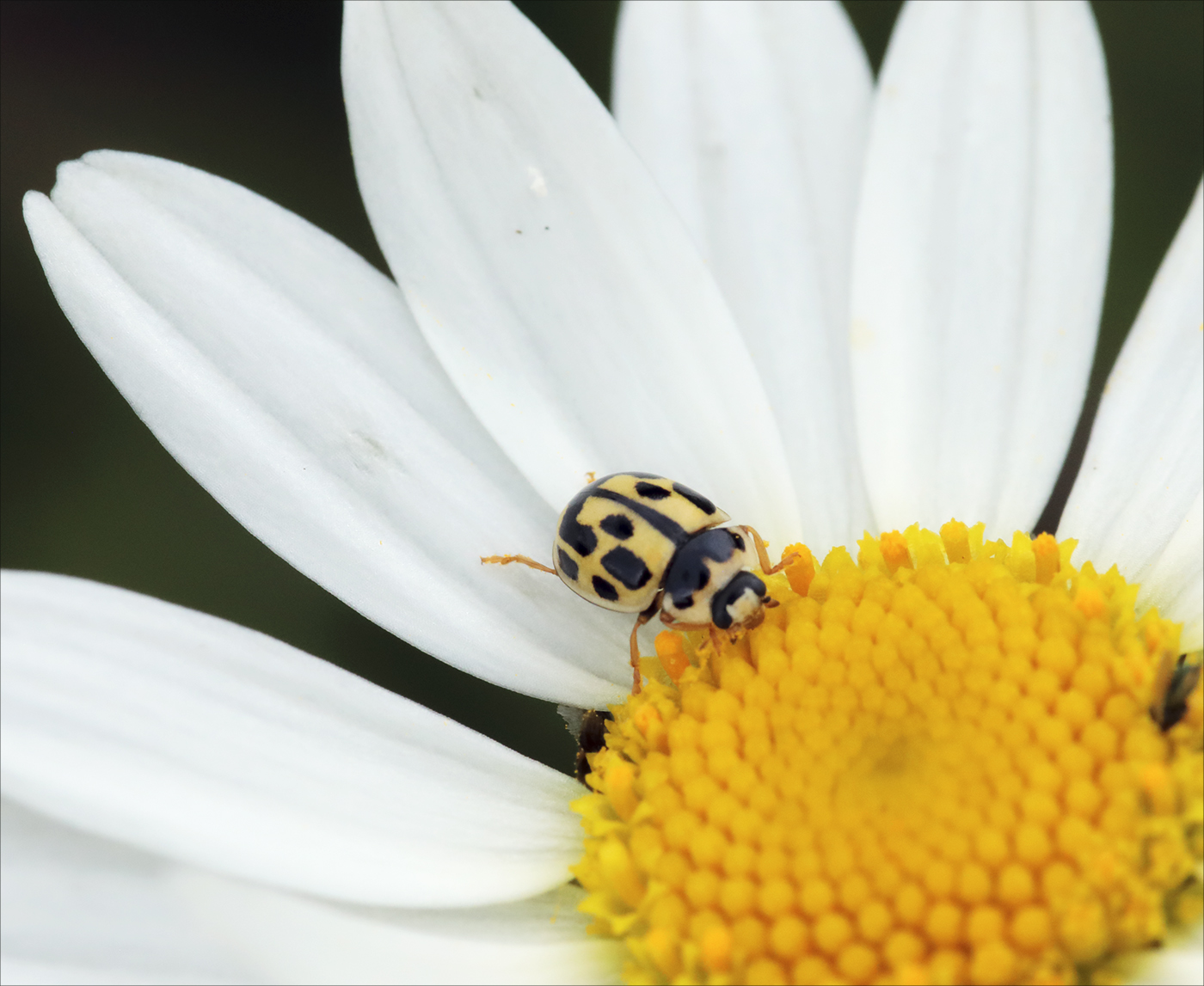
RSPB (the Royal Society for the Protection of Birds) reported in 2020 that the failure of Northern Ireland to meet its environmental commitments has resulted in the natural environment continuing to decline. Three areas that they highlighted were the water quality in our rivers and lakes, a ‘failure to complete crucial protected area designations’ and a failure to complete vital reviews of policy statements. For Another Path believes that our local competent authority, Ards and North Down Borough Council, should take leadership in its responsibility. We have sadly seen in the example of Lough Neagh the devastating results that can occur as a result of neglect. We do not wish to see the North Down coastline degenerating also.
We will provide here a brief account of some of the legislation and terminology as we understand them using ‘The Biodiversity Duty’ Guidance for Public Bodies, May 2016 as a base.
The Wane Act
The Wildlife and Natural Environment Act (Northern Ireland) 2011 imposes on statutory bodies and competent authorities the responsibility to ensure the preservation of biodiversity, habitats and natural features. This act extends and expands the Wildlife (Northern Ireland) Order 1985, providing some amendments for further protection. Authorities are required to produce lists of protected features and ensure enforcement of crimes against these. Many of our species of birds, mammals and insects are included as priority species which are usefully listed and detailed here. A huge number of the birds which visit our shores in winter are included, and the literature states how the Area of Special Scientific Interest would add further protection for these birds, one such example being the Redshank – a common sight currently along the North Down shoreline, but whose habitat is becoming increasingly fragmented.
Local Biodiversity Action Plan
The Local Biodiversity Action Plan (LBAP) is a work in progress which aims to address the issues relating to biodiversity loss in our area through a ten year plan of specific targeted actions. Closely related to the WANE Act, Council is required to address five aspects:
- Protecting biodiversity on Council-managed lands
- Managing biodiversity using appropriate methods
- Enhancing biodiversity by expanding suitable habitats and provision of additional resources where necessary
- Restoring biodiversity where possible in areas where loss can be reversed
- Raising awareness of biodiversity by creating opportunities for education
The need for working with partnerships is vitally important. Many ASSIs and other designated areas are shared between Council-owned lands and 3rd Party lands. Various statutory bodies require access to naturally important areas to fulfil their responsibilities to the public, and it is through such partnerships that an understanding of the appropriate responsibilities will be recognised. This is currently visible on the coastal path where work has been undertaken over a number of years to update the pumping stations and restoration of the area is extremely important. The work is essential, but the methods of removal and reinstatement of materials can make all the difference. The overall aim is to have a Biodiversity Net Gain on any development or work. The draft LBAP (2022) gives a much more detailed overview. It is the view of For Another Path that the Greenway application did not meet the criteria for any biodiversity nett gain and therefore it was the correct decision to withdraw this.
What do we mean by ‘Triple Designations’
This is a term that we refer to within our campaign. Much of the coastline around Belfast Lough and Strangford Lough has several protections within the environmental legislation, and three of these very frequently fall together on areas that are ‘coincident’ in that they all occupy the same area. These are the ASSI, SPA and Ramsar, as described below.
Areas of Special Scientific Interest
Areas of Special Scientific Interest (ASSIs) are allocated due to features which significantly contribute to the quality of our most valuable natural areas. As such, the North Down Coastline has been allocated, due to its importance in supporting internationally important numbers of sea birds such as redshank, shelduck, curlew, turnstones, common and arctic Terns and bar-tailed godwit. Many of the wading birds avail of the inter-tidal mudflats to feed, and then seek shelter in selected roosting sites while waiting for the next opportunity to feed. The objective of the designation is to “achieve a site that continues to benefit our society, but not at the cost of losing these internationally important bird populations” Along with the importance to birdlife, this Area of Special Scientific Interest includes important geological features such as the best outcrop of pillow lavas at Horse Rock, at Grey Point – with the stretch of coastline from Grey Point to Helen’s Bay providing an outstanding area of geological interest.
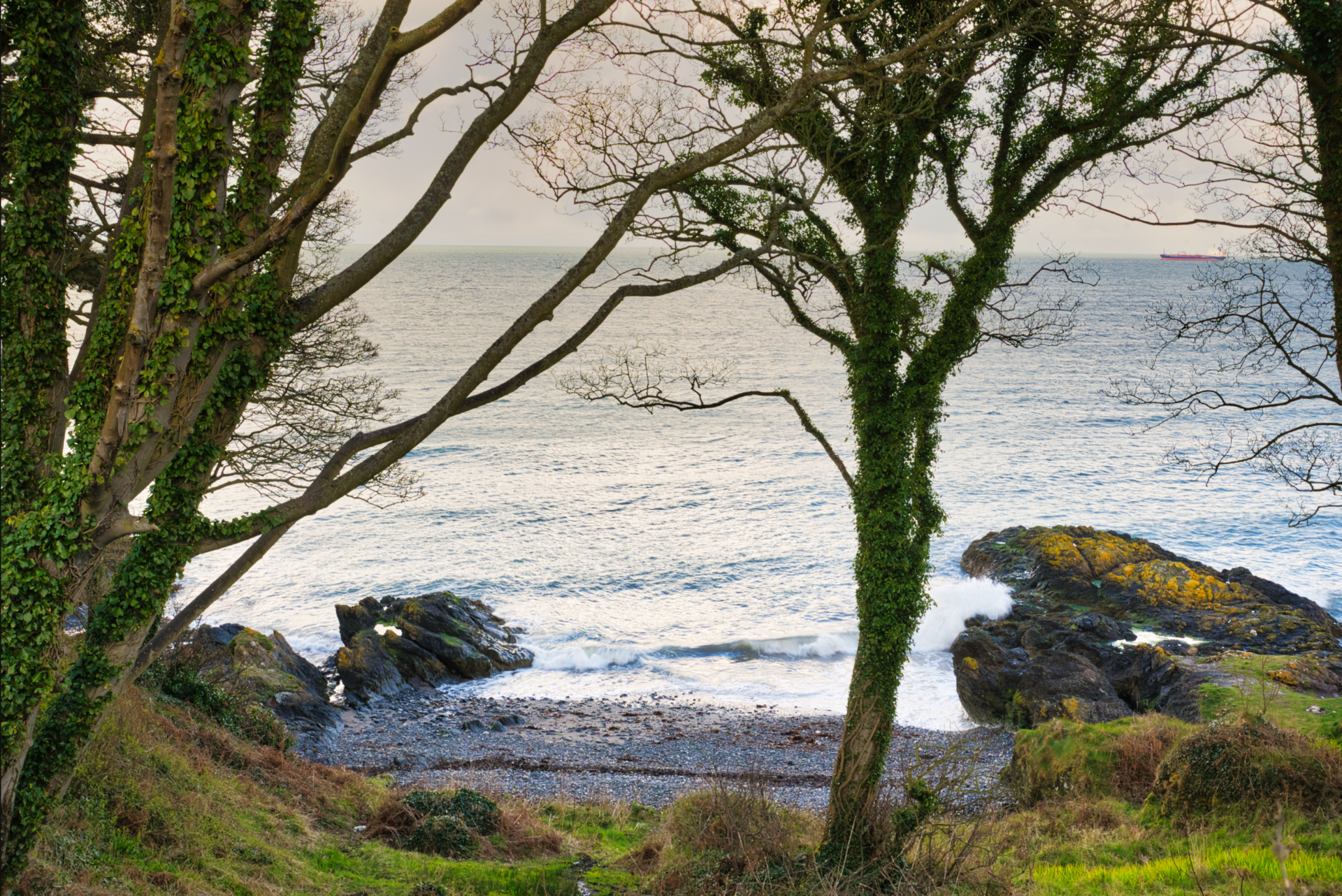
Special Protected Areas
Commonly referred to as SPAs, Special Protected Areas are similar in nature to Areas of Special Scientific Interest. They differ, however, in that the Special Protected Areas are specifically focused on the protection of internationally important birds and to ensure that the features are conserved in favourable condition. Along with Ramsar sites and Areas of Special Scientific Interest, the North Down Coastline is part of two Special Protection areas. All three of these designations share the same space, that is they are ‘coincident’. The coastline is part of Outer Ards Special Protection Area until Grey Point, at which point the stretch extending towards Belfast is part of Belfast Lough SPA. The Belfast Lough stretch qualifies due to its internationally important numbers of redshank in winter, as well as supporting nationally important numbers of shelduck, oystercatcher, purple sandpiper, dunlin, black-tailed godwit, bar-tailed godwit, curlew and turnstone. Other principal interests include the breeding colony of common and Arctic tern. Likewise, the Outer Ards SPA has been selected due to its important breeding and wintering populations of waterfowl, also including Arctic tern, golden plover, light-bellied brent boose, ringed plover and turnstone.
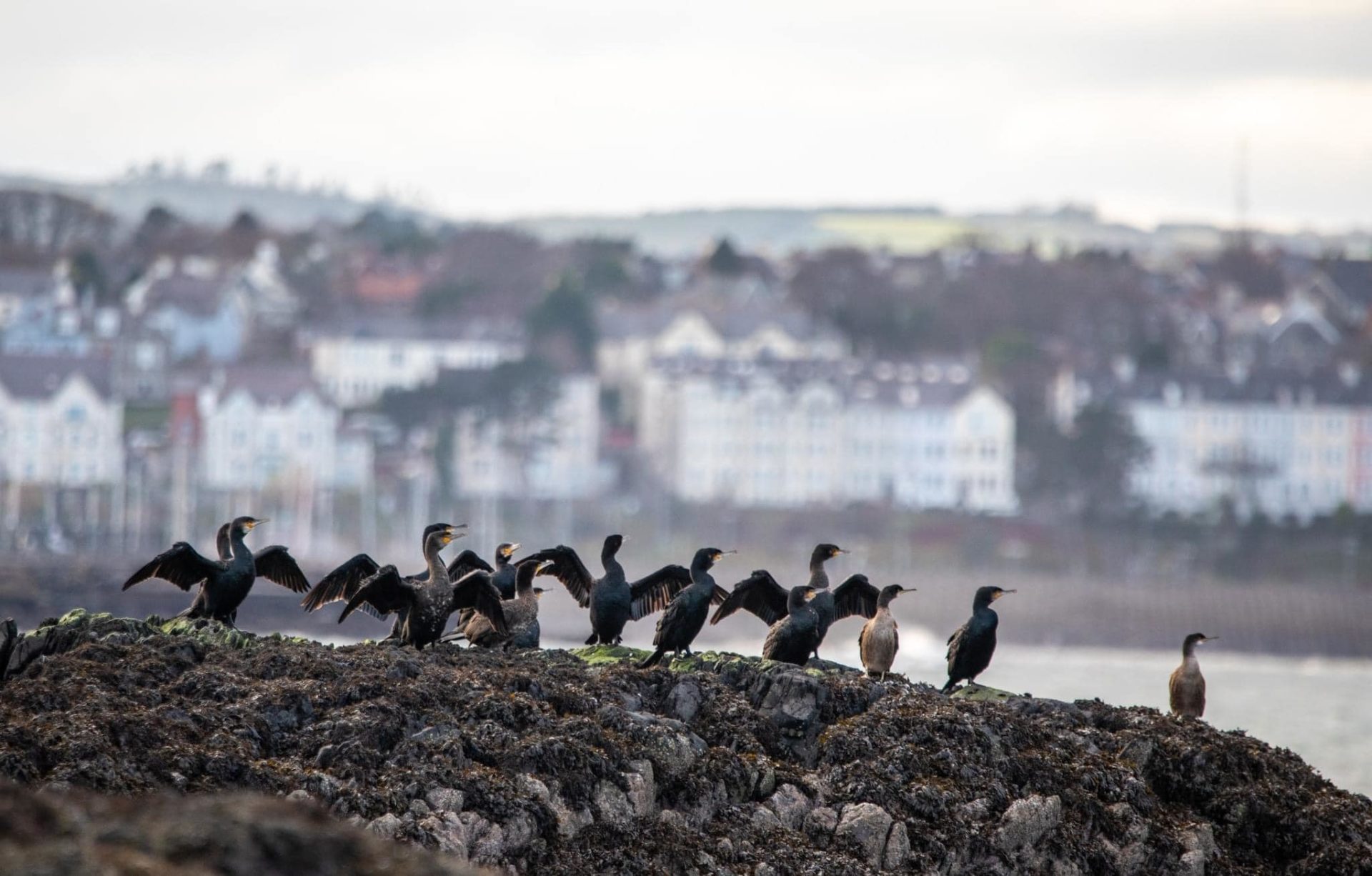
The conservation objectives for SPAs aim to maintain or restore the habitats and species in favourable condition, to assess plans and projects involving the sites in line with this and monitor and report the features. The term ‘favourable condition’ is defined as “the target condition for an interest feature in terms of the abundance, distribution and/or quality of that feature within the site”. Threats to these sites are listed in the documentation for both Outer Ards and Belfast Lough. These include influences such as the human use of adjoining land and the effect this might have on the habitat, coastal protection schemes, recreational activity, invasive species and water quality.
Ramsar Sites
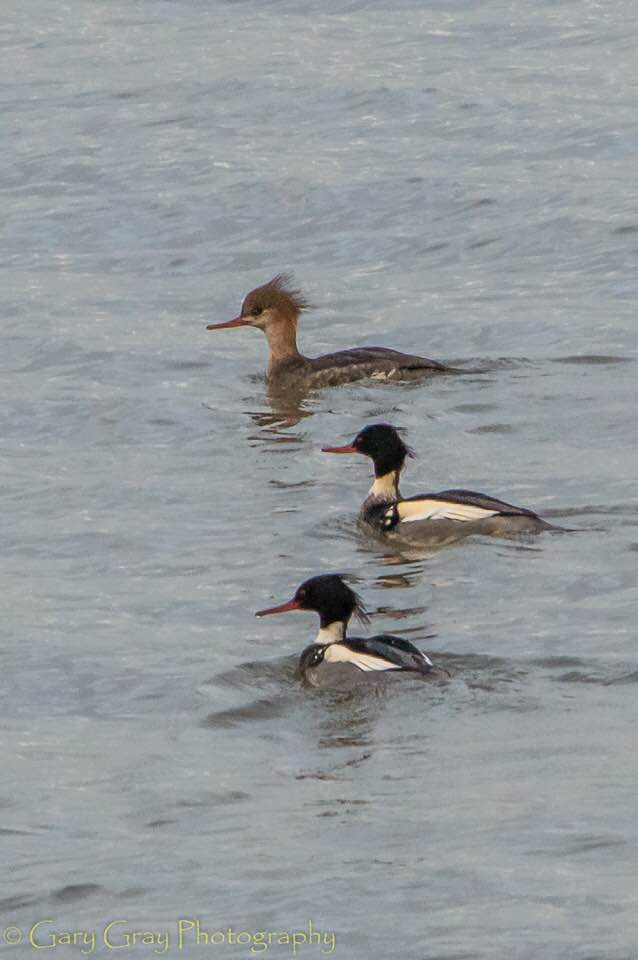
Ramsar sites refer specifically to wetland areas. In 1971, an international environmental treaty was signed in Ramsar, Iran – which was operational from December 1975. This treaty was ratified by 172 national governments in which a total of 2492 sites were identified as having international importance. There are twenty sites in Northern Ireland. The North Down Coastline is part of two of these and was selected, unsurprisingly, to be coincident with the area of Special Scientific Interest and Special Protected Area there. Many of the objectives of all three designations do overlap.
The site (including Outer Ards and Outer Belfast Lough) includes intertidal areas, areas of adjoining habitat, offshore islands, salt marshes, cliff ledge vegetation, mudflats and lagoons, rocky shores and sandy bays. Belfast Lough qualifies under Criterion 3c by regularly supporting internationally important numbers of Redshank in winter and nationally important numbers of great crested grebe, shelduck, eider, goldenye, red-breasted merganser, oystercatcher, purple sandpiper, dunlin, black-tailed godwit, bar-tailed godwit, curlew and turnstone. Outer Ards supports breeding colonies of Arctic tern (4.7% of the Irish Population) and manx shearwater (1.3% of the world population) together with the wintering populations of light-bellied brent goose, golden plover, turnstone and ringed plover.
Some people may wonder about the necessity of designating sites to protect birdlife. Many may question the importance of this in comparison to the need for housing for example, or to accommodate human need for recreation and utilities. According to the World Wildlife Trust, historically our wetlands may have seemed to be an obstacle to such development. However, we must reflect on the fact that in the last 1000 years (a short time in the history of natural history) 90% of Britain’s wetlands have been lost. We now know that this increases the risk of flooding and thus damage to people’s homes, and negatively impacts biodiversity. The UK Government’s Dasgupta review in 2021 acknowledged the close link between economic prosperity and nature. The World Wildlife Trust “believes the restoration of wetlands would significantly help achieve the review’s goals”
Local Wildlife Sites
Local wildlife sites along the North Down Coastal Path include Glenganagh Estate (beside Ballyholme Beach), Strickland’s Glen, Carnalea Glen and Slopes, Crawfordsburn, Rockport Coast and St Columbanus, Royal Belfast Golf Club and Camphill and Ulster Folk and Transport Museum/Cultra Glen.
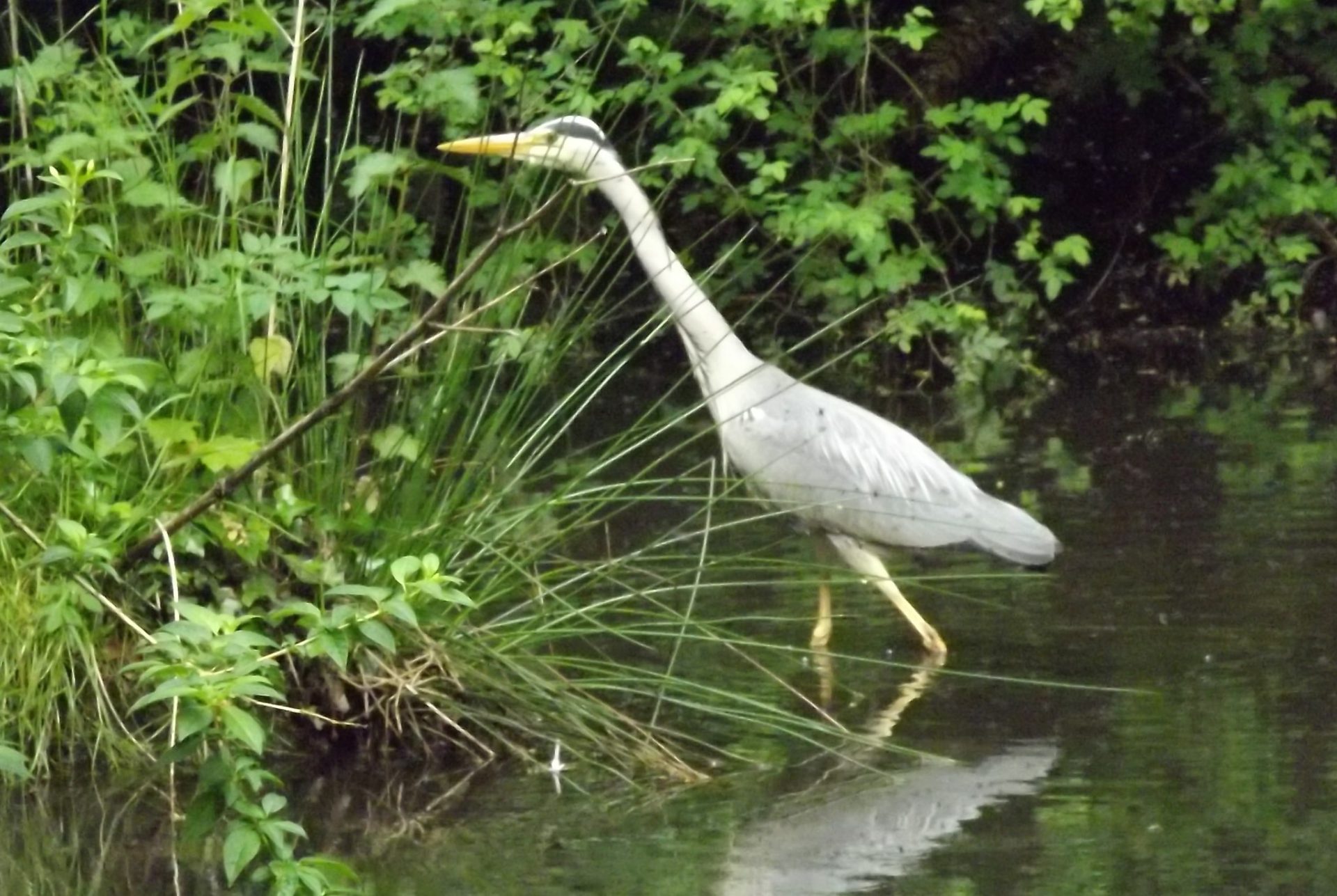
These sites are identified and selected due to their value to wildlife. Although some of these sites may be on areas considered primarily for human use (eg beside train tracks, parks and golf courses), each individual site will in some aspect have a contribution to the survival of our wildlife – for example, by a particular area including wildlife corridors and all the components necessary for the survival of our native species. They matter so much because they provide connectivity and protection from nearby land uses. To have these maintained in prime condition ensures that the wildlife we see in our parks and gardens nearby are supported.
These are taken care of through a partnership of Wildlife Trusts, local authorities, statutory agencies and landowners. Without support from the landowners, farmers and volunteers, the quality of these sites would decline. These sites may overlap with the areas designated as SPAs and ASSIs, however, their purpose is to provide a generalised quality of habitat for our ‘everyday’ wildlife, as well of course as helping support the more internationally important visitors. You can read more about them here.
Regional Landscape and Seascape Character Areas
The Northern Ireland Regional Landscape Character Assessment has divided Northern Ireland 26 Regional Character Areas and then subdivided these further to provide 130 distinct Landscape Character Areas (LCAs), based on local patterns of geology, landform, land use, cultural and ecological features. In North Down, the implications of this are detailed in the Local Development Plan, Landscape Character Assessment which has been put together to help direct future planning decisions.
The assessment is not intended as environmental protection in legislation in the same robust way that the environmental designations are formulated – however, are useful in establishing the character of the area and thereby the way in which any building work might need to be undertaken in order to preserve the unique character of the area.
In terms of the coastal path, this should be taken in combination with the Seascape, for which separate reports have been formulated (The NI Regional Seascape Character Assesment). The majority of the North Down Coastal Path would fall under area 103 of the landscape character areas and area 13 of the Seascape Character Areas. The key characteristis of LCA 103, Bangor Coastline focus on the undulating, wild, rocky shoreline, the woodlands, density of settlement. Importantly, this document recognises the importance of retaining the rural feel between developments and the retention of ‘buffer zones’.
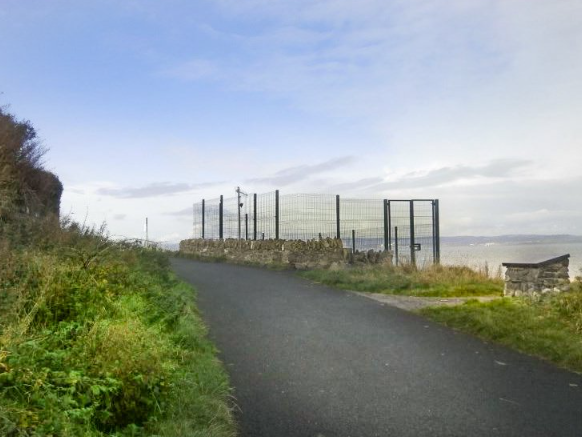
Seascape Area 13 (Belfast Lough) applies to the coastline all around the Lough. In terms of the Southern shore, it indicates a strong pattern of wooded estates and sandy bays, which provide “pockets of seclusion and tranquillity”. It refers to the popular coastal path and the importance of the sites for wintering birds.
As a group, For Another Path would robustly defend the preservation of the characteristics which define our shoreline. Approaching the area by boat, one should see a characterful sightline, abundant with trees, with the rocky headlands and beaches retaining their attractively natural appeal. Development and measures for Health and Safety should as far as possible attempt to blend in with this environment, thus our group would robustly oppose conspicuous and unattractive measures such as wire fencing and metal structures.